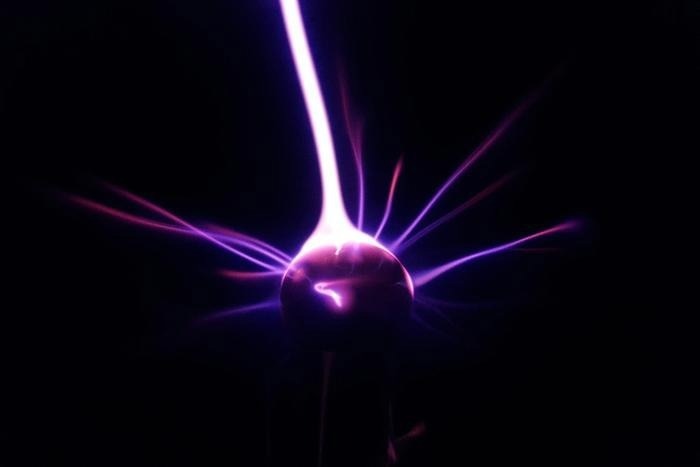Researchers have made strides in understanding the universe’s fundamental forces by developing a method to measure gravity on a microscopic scale.
 Artist Impression of the Quantum Experiment. Image Credit: University Of Southampton
Artist Impression of the Quantum Experiment. Image Credit: University Of Southampton
This advancement brings us closer to unraveling how gravity operates in the quantum world.
The mechanisms of gravity, first described by Isaac Newton, have long puzzled scientists when applied to the minuscule realm of quantum physics.
Einstein, too, grappled with the concept of quantum gravity, stating in his theory of general relativity that no feasible experiment could demonstrate a quantum form of gravity.
But now, physicists at the University of Southampton, collaborating with European scientists, have successfully detected a weak gravitational pull on a tiny particle using a new technique.
They claim it could pave the way to finding the elusive quantum gravity theory.
The experiment, published in the Science Advances journal, used levitating magnets to detect gravity on microscopic particles – small enough to border the quantum realm.
The results could help experts find the missing puzzle piece in our picture of reality. For a century, scientists have tried and failed to understand how gravity and quantum mechanics work together.
Tim Fuchs, Study Lead Author, University of Southampton
Fuchs adds, “Now we have successfully measured gravitational signals at a smallest mass ever recorded, it means we are one step closer to finally realizing how it works in tandem. From here we will start scaling the source down using this technique until we reach the quantum world on both sides. By understanding quantum gravity, we could solve some of the mysteries of our universe – like how it began, what happens inside black holes, or uniting all forces into one big theory.”
Science still lacks a complete understanding of the laws governing the quantum realm. However, there is a consensus that particles and forces behave distinctly at the microscopic level compared to larger-scale objects.
Researchers from the University of Southampton collaborated on the experiment with scientists from Leiden University in the Netherlands and the Institute for Photonics and Nanotechnologies in Italy. The project received funding from the EU Horizon Europe EIC Pathfinder grant (QuCoM).
Their study used a sophisticated setup involving superconducting devices, known as traps, with magnetic fields, sensitive detectors, and advanced vibration isolation.
It measured a weak pull, just 30 attonewtons (aN), on a tiny particle 0.43 milligrams in size by levitating it in freezing temperatures a hundredth of a degree above absolute zero – about –273 ºC.
The results open the door for future experiments involving even smaller objects and forces, noted Professor of Physics Hendrik Ulbricht, also at the University of Southampton.
We are pushing the boundaries of science that could lead to new discoveries about gravity and the quantum world. Our new technique that uses extremely cold temperatures and devices to isolate vibration of the particle will likely prove the way forward for measuring quantum gravity.
Unraveling these mysteries will help us unlock more secrets about the universe's very fabric, from the tiniest particles to the grandest cosmic structures.
Tim Fuchs, Study Lead Author, University of Southampton
Journal Reference:
Fuchs, M. T., et al. (2024) Measuring gravity with milligram levitated masses. Science Advances. doi.org/10.1126/sciadv.adk2949